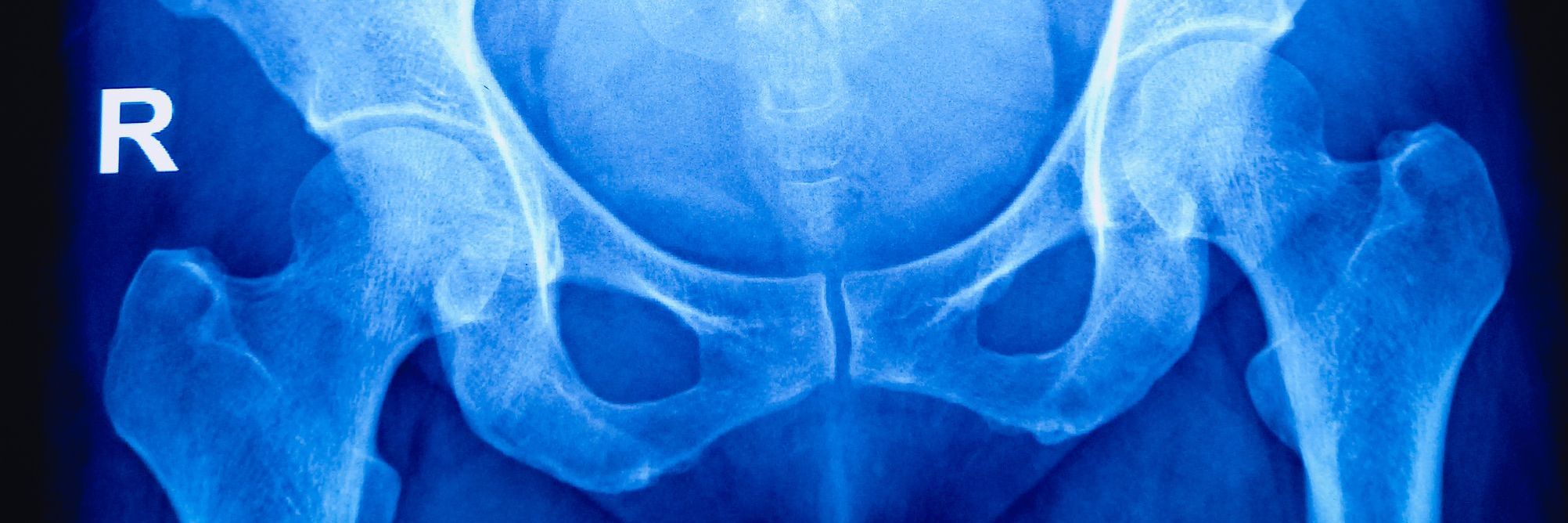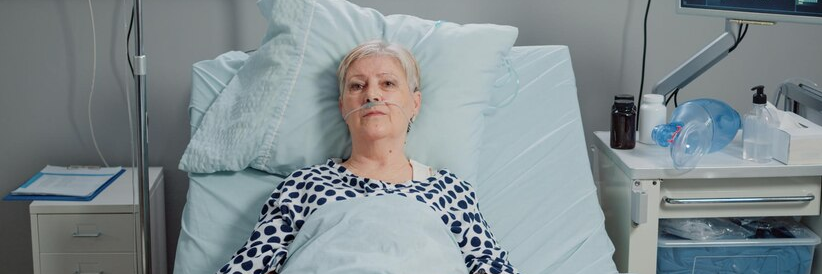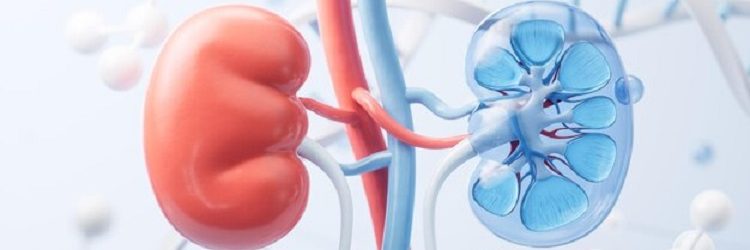The following is a summary of “Analysis of CD4, CD8, CD19, CD56-16, CD64, QuantiFERON biomarkers in exudative lymphocyte-dominant pleural effusion,” published in the November 2022 issue of Primary care by Mehraban, et al.
Exudative effusion has two primary causes: TB and malignancy-induced effusion. For a study, researchers examined the frequency of CD4, CD8, CD19, CD56-16, CD64, QuantiFERON in the pleural and serum samples of patients with exudative lymphocytic-dominant effusion, taking into account that the role of B lymphocytes is more significant in reactive ejections, such as tuberculosis-induced effusion, and the role of T lymphocytes is more significant in malignant effusion.
Exudative lymphocyte effusion was used to recruit 73 individuals in the research, of whom 63 had confirmed diagnoses. The patients were divided into 3 categories: TB, malignant, and none. Using flow cytometry, the blood plasma sample and pleural effusion were examined for CD markers.
In the groups with cancer and tuberculosis (TB), the mean ages were 63.16 ± 12 and 52.15 ± 22.62, respectively. The frequency of CD8, CD4, and CD16-56 cells in blood samples from individuals with TB and cancer was not significantly different. Patients with TB had a much greater percentage of CD64 cells than malignant individuals, compared to those with tuberculosis. Additionally, there was no discernible difference between the groups when the frequency of cells with the CD8, CD4, CD19, CD64, CD16-56, and CD14 markers was compared. Additionally, other inflammatory variables were looked at. Patients with TB had erythrocyte sedimentation rates (ESR) that were considerably greater than those with cancer. Additionally, QuantiFERON was positive in 62.5% of TB patients & 14.3% of malignant patients, which was a statistically significant difference.
Given the numerous confounding factors in the research, including past drugs, Mycobacterium subtypes, and patient race, conducting studies in several groups and doing data mining for the purpose of employing a particular set of criteria can be utilized to determine the precise diagnosis.
Reference: journals.lww.com/jfmpc/Fulltext/2022/11000/Analysis_of_CD4,_CD8,_CD19,_CD56_16,_CD64,.37.aspx

















